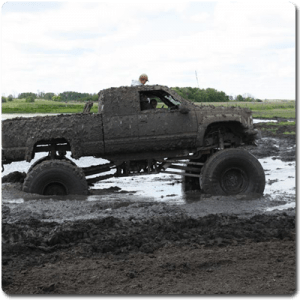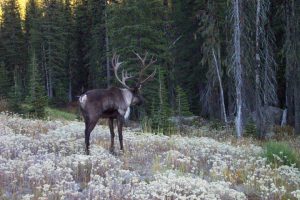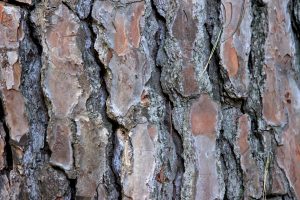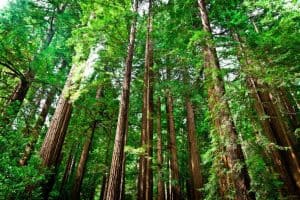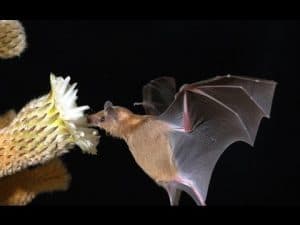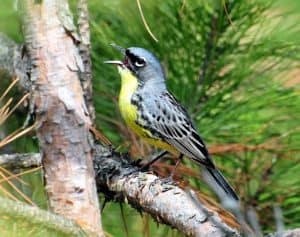
The U. S. Fish and Wildlife Service has proposed removing the Kirtland’s warbler from the list of endangered species. It inhabits young stands of jack pine in the Great Lakes region and was one of the first species listed in 1967 due to fire suppression and parasitic cowbirds. More background from the FWS is here.
The 2006 Huron-Manistee forest plan includes many plan components designed to promote the species’ recovery. One management area includes 7 areas identified as essential Kirtland’s warbler habitat or emphasis areas. In these areas, among other things, the forest plan prohibits grazing, trail construction, and common variety minerals mining, and there are breeding season restrictions on recreation.
The forest plan also says:
A considerable portion of the dry sand outwash plains on the Huron National Forest in Management Area 4.2 will be managed as essential habitat for the Kirtland’s warbler… This prescription area contains approximately 45 percent of all National Forest System lands on the Huron-Manistee National Forests, which includes approximately 136,000 acres of Kirtland’s warbler emphasis areas.
Objectives:
Create approximately 1,600 acres of essential breeding habitat each year. Approximately 15,960 acres of essential breeding habitat will be available at any one time into the foreseeable future. This will enable the Forests to provide for a minimum of 420 pairs of Kirtland’s warblers.
Forest-wide standards and guidelines:
Habitat and population objectives are in accordance with the Kirtland’s Warbler Recovery Plan (USDI-Fish and Wildlife Service 1985) and Strategy for Kirtland’s Warbler Habitat Management (USDA-Forest Service 2001)
Management area standards and guidelines:
- Develop Kirtland’s warbler breeding habitat by designing and configuring treatment blocks that mimic the regeneration effects of wildfire.
- Prepare treatment blocks for regeneration by clearcutting.
- Treatment blocks will be no greater than 550 acres unless reviewed by the Regional Forester.
- Provide 15 to 25 snags per acre in treatment blocks.
By specifically incorporating science-based conservation and recovery strategies into the forest plan, the plan has guided the projects that have promoted recovery, and has limited activities with adverse effects. The forest plan may also serve as a regulatory mechanism that the FWS can cite supporting its future outlook for the species. This is a good example of what the 2012 Planning Rule directs forest plans to do. (It’s too bad that Forest Service is less enthusiastic about including conservation strategies that restrict timber harvest.)
